Display as of the museum
[Kongo Gallery] Autumn Collection Exhibition: 72nd Anniversary of the Museum’s Opening The Culture of Tea Ceremony: From Momoyama to Kanei
[Hohozo] Modern Art Sculpture Exhibition
[Sohozo] Museum collection Exhibition of tea utensils -鳥飛山更静-
Kousanji Temple
Temple, which was built for the mother
Kosanji Temple is a temple belonging to the Honganji Sect of the Jodo Shinshu School of Pure Land Buddhism. It was founded in 1936 by the industrialist Kozo Kosanji, an early twentieth century pioneer in French-style welding techniques who resided in Osaka, as a family temple that he built in dedication to his late mother. The temple complex was constructed over a period spanning more than 30 years. Kosanji not only built the temple, but even went so far as to enter the priesthood in order to repay a son’s debt of gratitude to his mother. We sincerely hope that all of those who visit Kosanji Temple will take a moment to think of their mothers, for it is written in a famous haiku: “The mothers of the world are as the Goddess of Mercy.”
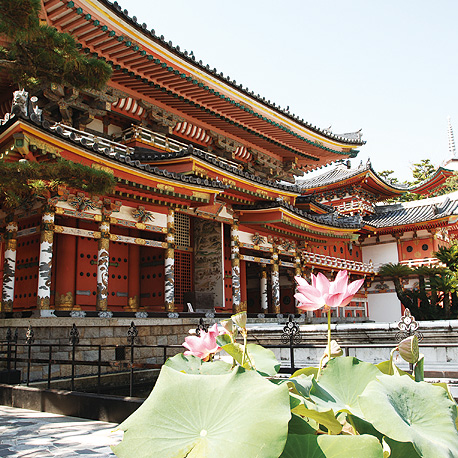
Kosanji Main Hall and Lotus Flowers
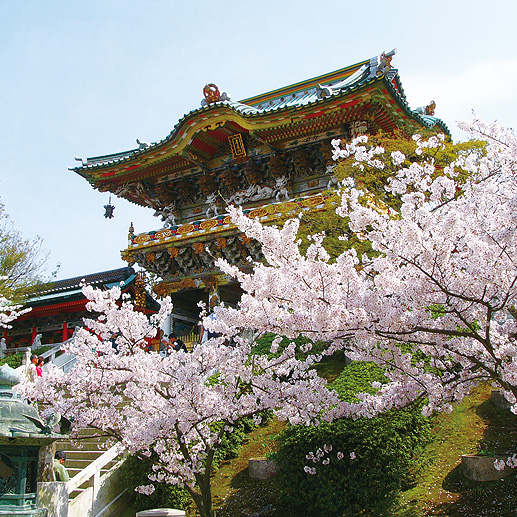
Kosanji Koyomon Gate and Cherry Blossoms
Kousanji Museum
Let’s look at art of Japan
Within the grounds of Kosanji Temple, the works of art that Kozo Kosanji collected over a lifetime are on display in Pavilion No. 3 (Hohozo), Pavilion No. 4 (Sohozo) and Kongo Gallery. The collection features sculptures, paintings and handicrafts that are representative of Japan, including Important Cultural Properties and Important Works of Art, on permanent display or available for viewing as part of special exhibits.
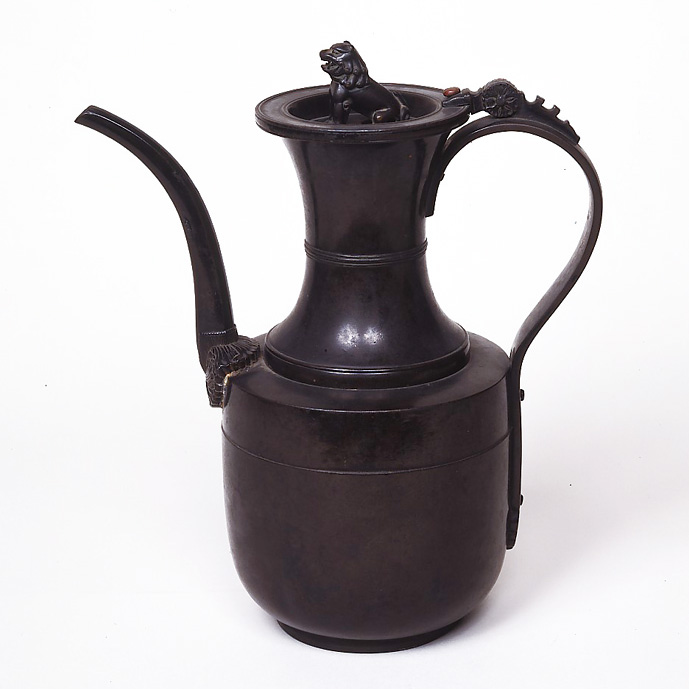
Shigigata Water Vase
(Important Cultural Properties)
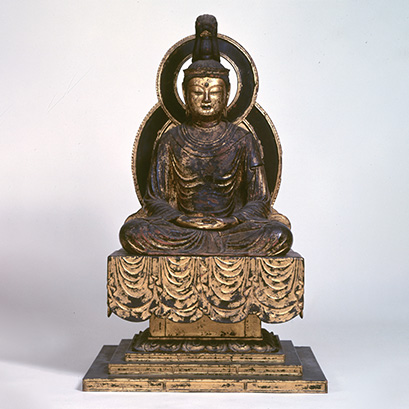
Seated Amida Nyorai By Kaikei
(Important Cultural Properties)
Registered National Tangible Cultural Properties
Choseikaku Villa
This Japanese/Western hybrid residence was built by Kozo Kosanji in 1927 as a private retreat for his mother. Built with only the finest wood, an elaborate attention to fine detail and the most advanced technology available at the time, this stately villa can be considered the origin of Kosanji Temple.
Another of its distinctive features is the sliding door paintings and other works of art that adorn the villa’s interior, many of which were painted by artists who are among the most famous names in modern Japanese art.
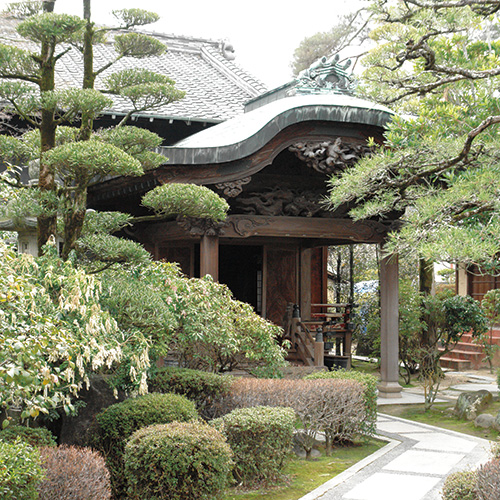
Choseikaku Villa Entrance
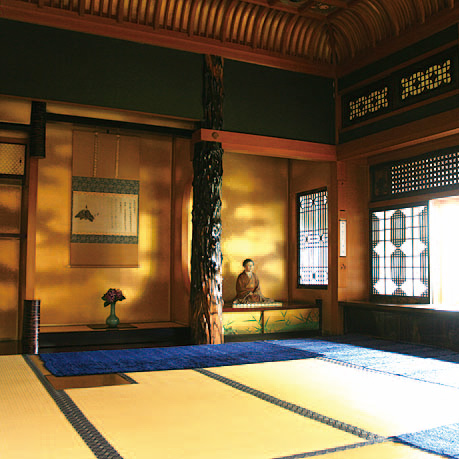
Choseikaku Villa Elder Room
The Hill Of Hope
Family ties and world peace
Designed and created over a period of 16 years by Itto Kuetani, a sculptor who is active in Italy, this marble garden was opened in October of 2000. Covering over 5,000㎡ and using around 3,000 tons of Cararra marble, the garden is filled with various monuments both large and small that incorporate the surrounding environment to achieve a remarkable harmony with nature. The theme of the garden is “Familial Ties” and it represents a peaceful world that is filled with hope for the future.
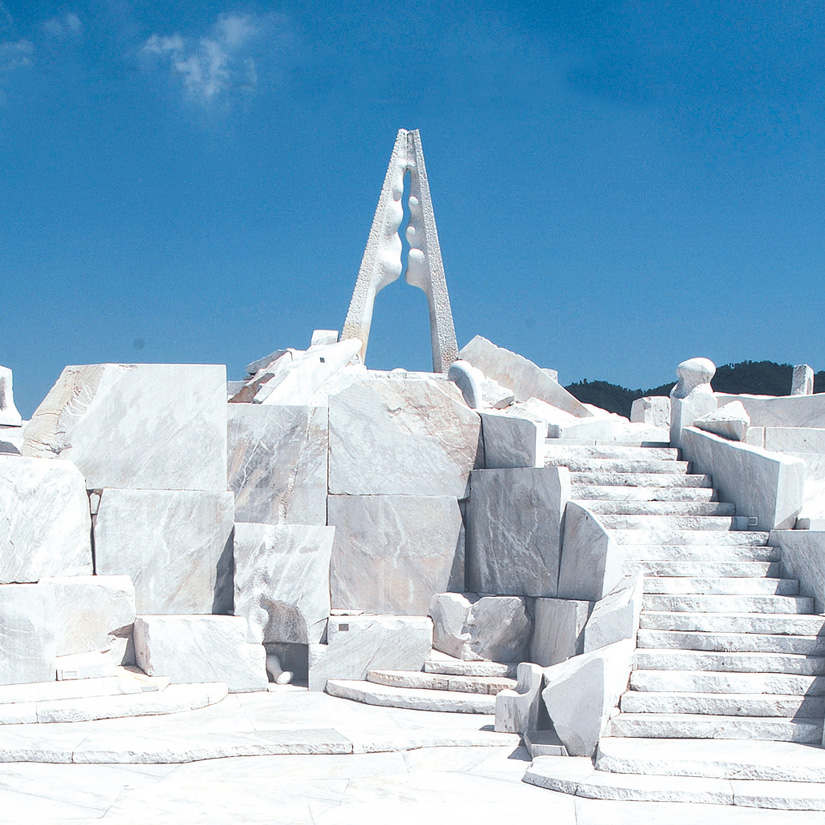
Tower of Hope
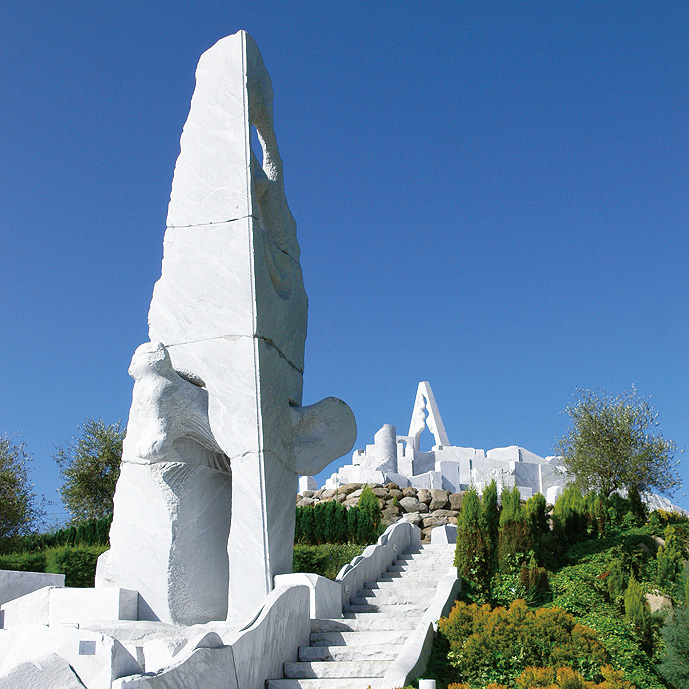
View of “Tower of Hope” from “Sky Cat”
Kosanji Temple/Kosanji Museum Guide Map
*Buildings marked with a ● symbol are
Registered National Tangible Cultural Properties.
For those using wheelchairs

Areas marked with a - line are wheelchair accessible.
However, the following locations are not accessible by wheelchair.
Temple Building Interiors / Thousand Buddha Cave & Path to Hell /
Choseikaku Villa / Kongo Gallery
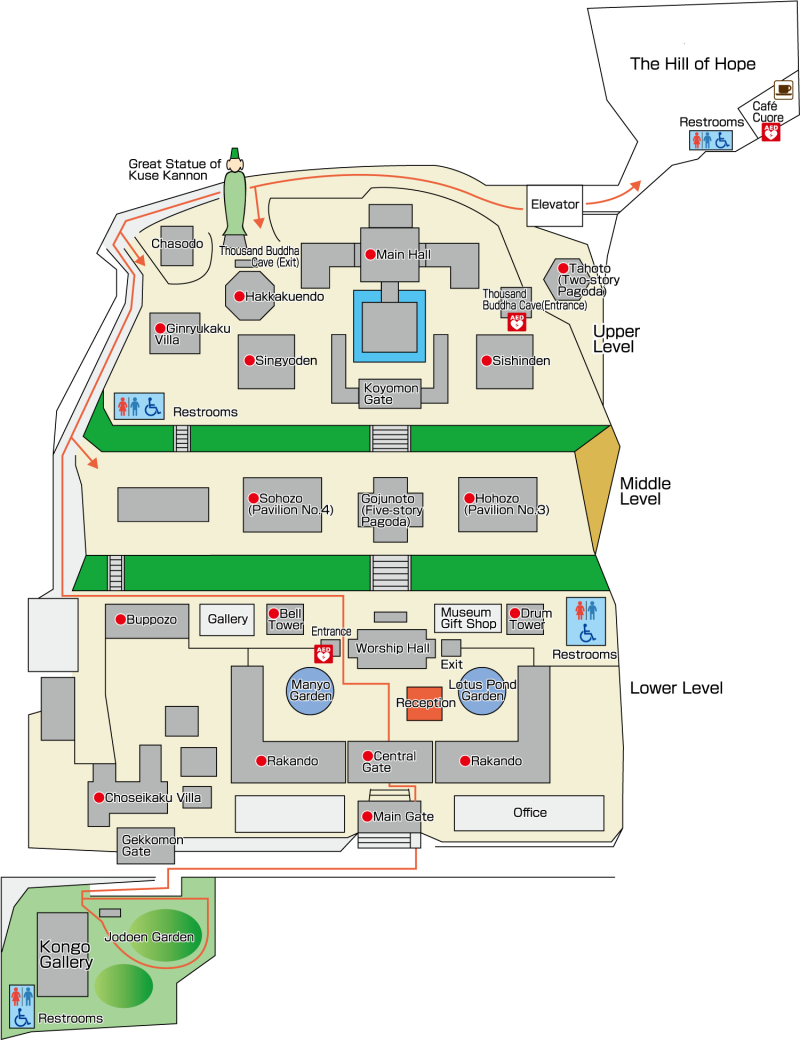
Access Guide
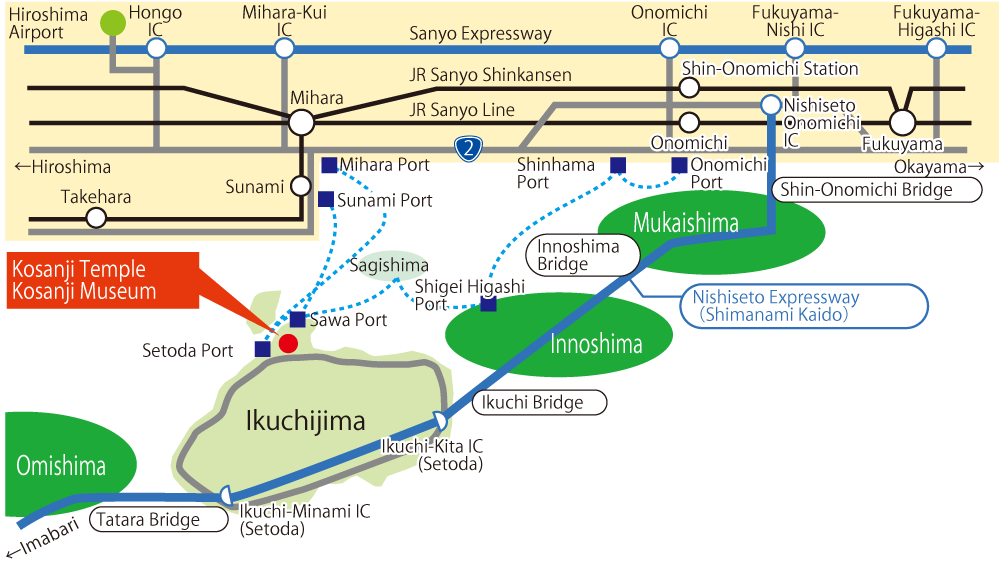
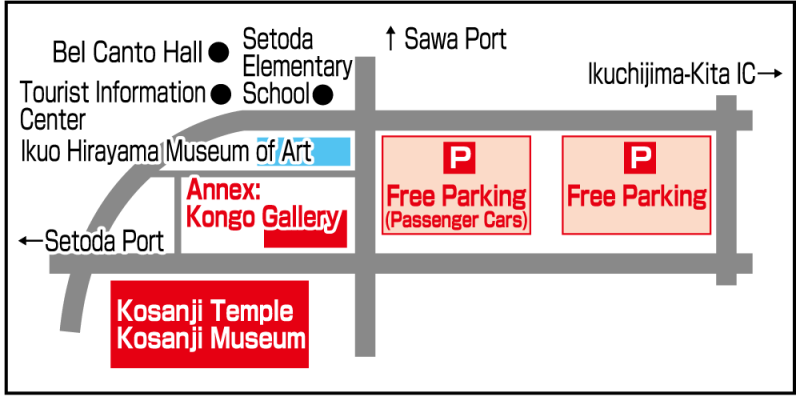
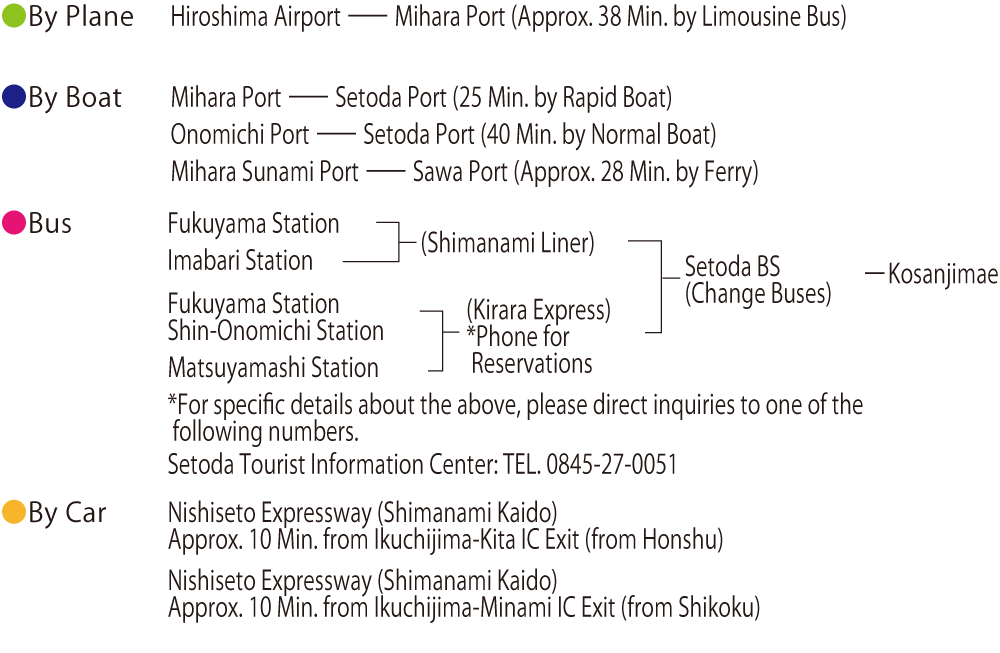
Admission Fee
Guests tour the grounds of Kosanji Temple, The Hill of Hope and Kongo Gallery.
| Individual | Group(Groups of 20+) | |
|---|---|---|
| General Public | 1,400 Yen | 1,200 Yen |
| College Students | 1,000 Yen | 800 Yen |
| High School Students | 1,000 Yen | 800 Yen |
| Children (Junior High and Younger) | Free | |
*Students must present student ID.
Disabled visitors and the person accompanying them are free.
| Choseikaku Villa Admission | Adults and children both 200Yen | |
|---|---|---|
Choseikaku Villa will charge a separate admission fee on site.
Filial Devotion Discount (Parent/Child Discount)
Adults accompanied junior high school students and younger are applied group rate.
Electronic money and credit cards
Electronic money and credit cards are accepted at reception, gift shop and Café Cuore.
Opening Hours
9:00~17:00 (Last entry is 30 minutes before closing) Open everyday
*Choseikaku Villa: 10:00~16:00
Thousand Buddha Cave: 9:00~16:50, Café Cuore: 10:00~16:30
Address: 553-2, Setoda, Onomichi-shi, Hiroshima, 〒722-2411
Tel. 0845-27-0800 Fax. 0845-27-3876


 ENGLISH
ENGLISH francais
francais 中文(繁體字)
中文(繁體字)









